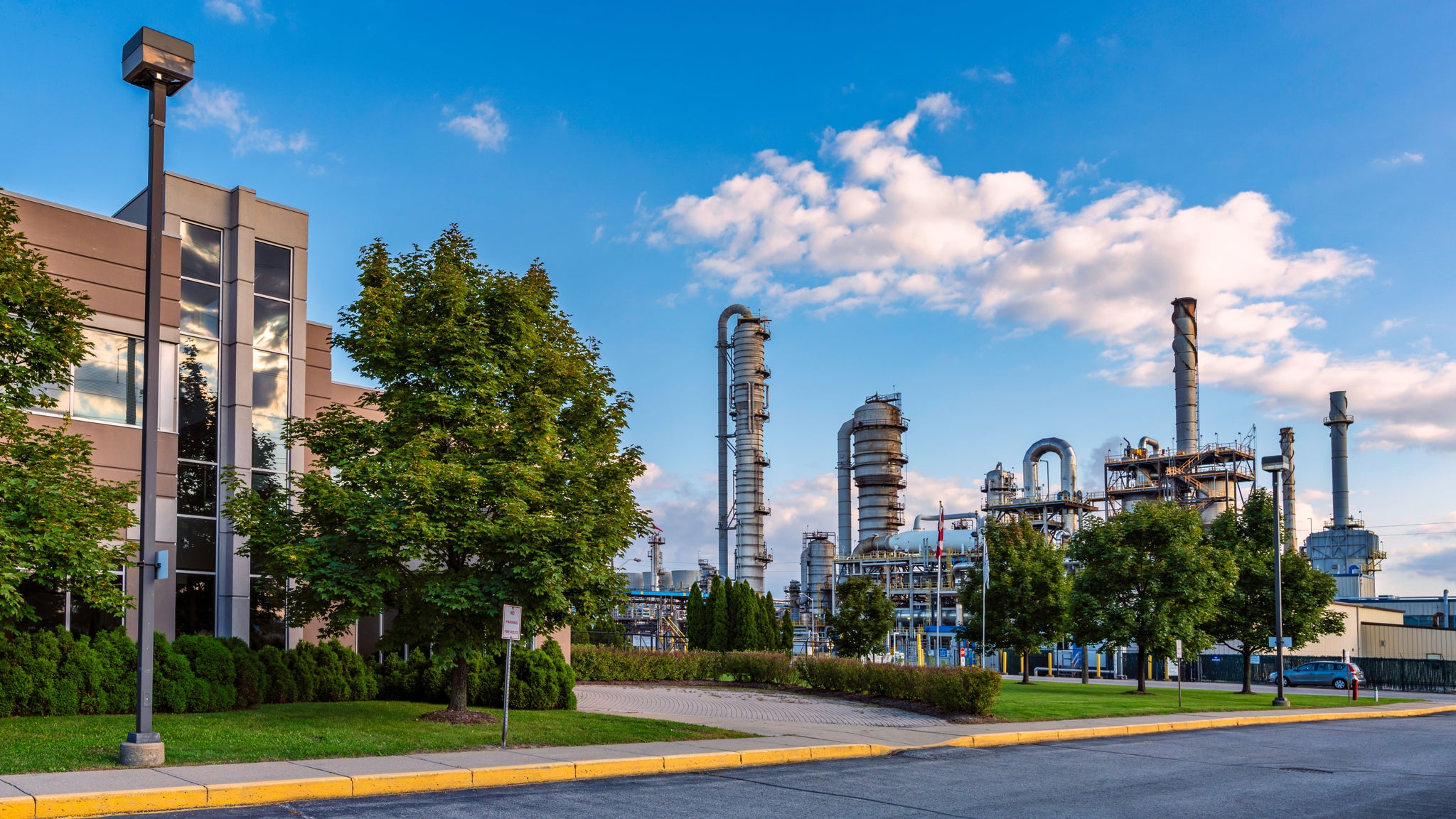
FAQs
The following section provides a list of frequently asked questions about our site and answers to these questions. If you have other questions about our site that are not covered here please complete the form at the bottom of the page.
1. Is the INEOS Styrolution Sarnia site closed?
Yes. On December 17, 2025, INEOS Styrolution announced the safe and complete decommissioning and closure of its Sarnia site, marking the end of more than eight decades of industrial and community history. All operations have permanently ended, chemicals have been removed, and the facility has been secured. Safety protocols have remained in place, and the site continues to pose no environmental safety risk to the community.
2. Are there any ongoing environmental concerns?
The site is no longer operational. All chemicals have been removed, all equipment has been safely shut down, and the company has completed decommissioning activities safely, responsibly, and in full compliance with all environmental and regulatory requirements. There is no risk of air emissions, community exposure, or spills.
3. What happens now with environmental monitoring?
The site is no longer an active chemical facility, and all chemicals have been safely removed. There is no risk of air emissions, community exposure or spills. Stormwater monitoring and regulatory permits/requirements will continue during the post-closure phase.
4. What will happen to the property in the future?
The site is now in a decommissioned phase. All operational equipment has been safely shut down. Decisions about the future plans for the property, such as demolition, or potential industrial redevelopment have not yet been made. Any future plans will be communicated once they are finalized.
5. Are hazardous materials still stored onsite?
No. All hazardous materials have been safely removed and managed in full compliance with stringent safety and environmental regulations. The site remains secure, and all materials have been handled with the highest standards of care.
6. Why did the company decide to close the site?
This business decision was made following a lengthy evaluation process and was based on the economics of the facility within a wider industry context within the region.
In October 2024, INEOS Styrolution announced the decision to not restart the Sarnia site before the previously announced intention to permanently close the facility by June 2026. Since that time, the company has completed all decommissioning activities safely, responsibly, and in full compliance with environmental and regulatory requirements. The safety and health of our employees, our neighbours, and the environment have remained our highest priorities throughout this process.
7. How are employees affected by the closure being supported?
The company has provided transition support for all employees. Supporting our workforce remained a top priority throughout this transition. INEOS Styrolution remains deeply appreciative of the employees who worked at the Sarnia facility for their commitment, professionalism, and contributions.
8. How does the closure affect the local community?
We recognize the site’s long history and its deep-rooted connection to the Sarnia community, and we sincerely appreciate residents for their continued patience and support throughout this transition. Since first opening in 1943 as part of Canada’s wartime manufacturing effort, the site has evolved under multiple owners and has played a vital role in shaping the region’s chemical industry. For more than 80 years, its employees and operations have strengthened the local economy, supported community growth, and contributed to Canada’s broader manufacturing legacy, a testament to the dedication of our workforce and the enduring partnership of the Sarnia community.
Our site has long played a critical role in Sarnia’s industrial system. Refineries must remove benzene from gasoline to reduce emissions and protect both people and the environment, and this process requires highly specialized handling. For many years, the INEOS Styrolution facility met this need by converting benzene from local refineries into styrene monomer, a key building block for industries including construction, electronics, and medical manufacturing. These operations helped sustain a highly integrated, circular manufacturing system within the Sarnia industrial complex.
With the site’s closure, refineries will need to identify alternative pathways for managing benzene. This change may slow fuel production, increase emissions, shift jobs outside of Canada, and heighten reliance on imported materials, potentially raising costs and reducing the region’s overall competitiveness.
9. Who is responsible for the site now?
INEOS Styrolution retains responsibility for the property. The company remains in regulatory compliance and will continue to have security personnel on site at all times.
10. Will there still be activity at the site?
Even though operations have ceased, there will be continuous security personnel on site. There may be intermittent activity related to personnel building maintenance and stormwater management. These activities are controlled and follow strict safety procedures.
11. Will INEOS Styrolution continue to operate elsewhere?
Yes. INEOS Styrolution remains fully committed to its global styrenics business. The company continues to serve customers through its other manufacturing sites around the world.
Questions?
Community members can reach us at:
Email: INSTY-SarniaWebsite@ineos.com
Media inquiries:
Email: styrolutionmedia@ineos.com